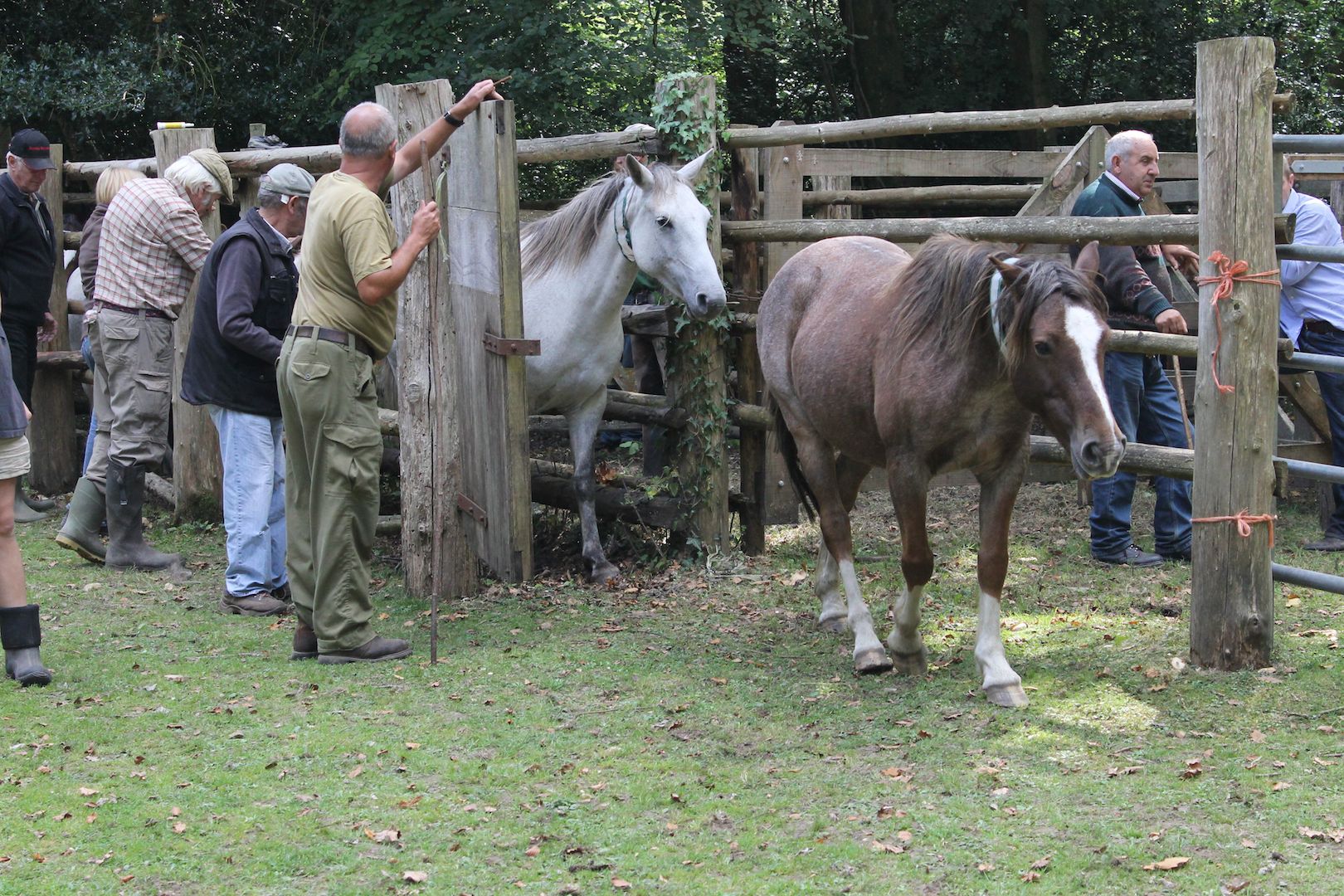
Traditional management practices, particularly commoning, have conserved the ecological diversity of the New Forest.
When William the Conqueror established his ‘Nova Foresta’ in 1079AD he did so to create an area for royal hunting. The New Forest was named as such, not because it was a densely wooded area, but because it was an area that protected the animals and habitats required for the chase. William I introduced Forest Law to preserve the ‘venison and vert’ and the New Forest described the area to which the law had recently been applied. The foundation of the New Forest effectively sealed the mediaeval landscape and, as a result, preserved many of the social and cultural systems within it. The practice of commoning, which has existed uninterrupted for over a thousand years, is still the dominant influence over the Forest’s ecology, economy and community.
Ytene of the Jutes
Before the arrival of the Normans in 1066AD the area we know as the New Forest was called Ytene, meaning ‘of the Jutes’. According to the historian Bede (672–735AD) the Jutes were one of the three most powerful tribes of their time; the other two being the Angles and the Saxons. Even today we are reminded of their presence in the area by the survival of places names that have ancient pre-conquest roots. These names reflect the natural features, plants, soils, wildlife and even individual residents of the New Forest in the early 12th century. Fritham, for example, means ‘the settlement in the trough-shaped hollow’; whereas Dibden describes ‘the deep valley’; Linwood and Lyndhurst grew lime-trees; Hasley was a glade among hazels and Holmsley among hollies; Latchmore was originally ‘leech-pool’; boar lived at Everton (derived from the Saxon word eofor which meant ‘wild boar’), badgers at Brockis Wood, and deer at Durley; names of inhabitants such as Ibbi of Ibsley, Soppa of Sopley and Baegloc of Bashley also included land-holding Jutish women, including Wilburgh of Wilverley.
Changing names or bad spelling?
When the Victorian cartographers began to map the New Forest they inadvertently or even deliberately changed many spellings, and hence pronunciations, of local place names. But many locals have nevertheless carried on using the traditional sounding names no matter how they are spelt on the maps. Names are very important. In 2005 the New Forest was given National Park status. Perhaps if, at that time, the area had been named the ‘New Forest National Reserve of Unique Habitats’ or the ‘New Forest Internationally Important Wildlife Sanctuary’ people’s attitudes towards it would be completely different to what they seem today. The name ‘park’, as understood by most people, unfortunately places greater emphasis on leisure activity, playgrounds and amusement. Such recreational emphasis is completely at odds with many parts of the New Forest being designated as a Site of Special Scientific Interest (SSSI), Special Protected Areas (SPA), Special Areas of Conservation (SAC), National Nature Reserves (NNR) and Ramsar sites, denoting wetlands of international importance.
The importance of names
The New Forest is a landscape of vital importance to many species of flora and fauna that have been present in the area for centuries, if not millennia. Traditional management practices, particularly commoning, have conserved the ecological diversity of the Forest and preserved elements of a social system that was first recorded in the Doomsday Book. However, our attitudes and behaviour are influenced by names and the values that we perceive in their meaning and the use of the work ‘park’ is a good example. The increasing demands of recreation are a significant threat to the future sustainability of the New Forest. The question is not how can the Forest change to meet the demands of a modern society but how can a modern society adjust its demands to preserve the institutions of the New Forest into the future.



You must be logged in to post a comment.